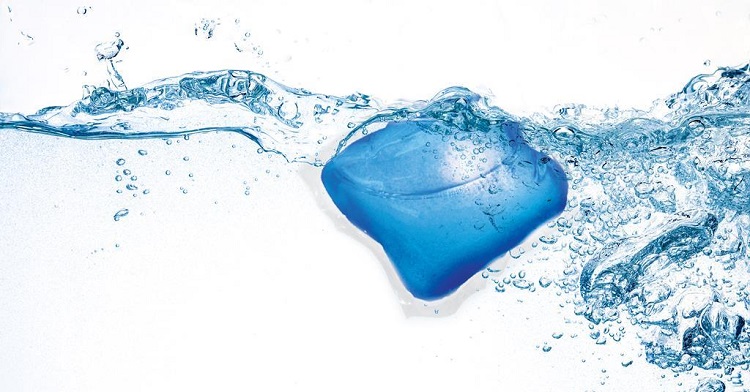How Does Water-Soluble Film Dissolve in Different Temperatures of Water
Due to their distinct qualities, water-soluble films are cutting-edge materials that have become more and more popular across a variety of sectors. These films are ideal for a variety of applications and totally dissolve in water, making them ecologically benign. But depending on the water’s temperature, different water-soluble coatings will dissolve in different ways. This article will examine the ramifications of how water-soluble film degrades at various water temperatures.

Dissolution in Cold Water
Cold water immersion causes the disintegration of water-soluble coatings to occur slowly. The water molecules’ capacity to permeate the film is decreased by the low temperature, which impedes their motion. As a result, the water molecules can only gradually dissolve the polymer chains’ intermolecular connections. The film eventually softens and dissolves as a consequence, albeit it can take longer for the whole film to dissolve.
Dissolution in Warm Water
The disintegration of water-soluble films is accelerated by raising the water’s temperature. Warm water molecules may permeate the coating more quickly because of their increased kinetic energy. The intermolecular connections between the polymer chains are broken by the increased water molecule mobility, hastening the dissolution of the film. It is important to remember that very high temperatures might cause the film to disintegrate too rapidly, which could pose problems in applications where the film’s integrity is necessary.
Dissolution in Hot Water
Water-soluble films disintegrate quickly in hot water. The film’s intermolecular bonds may easily break down due to the high temperature’s considerable rise in the kinetic energy of water molecules. This causes the film to quickly disintegrate and dissolve completely in a short amount of time. In industrial procedures where speed is essential, such as in the production of laundry detergent pods or water-soluble packaging, the use of hot water is very advantageous.
Implications of Dissolution Temperature
It is essential for the efficient use of water-soluble films to comprehend the properties of their disintegration under various temperature conditions. Based on their unique needs, manufacturers and end users may choose the ideal dissolving temperature. For example, in packaging applications, it may be preferable to use films that degrade gradually in cold water to guarantee that the product stays intact until it reaches the user. On the other hand, utilizing films that dissolve fast in warm or hot water would be preferable for applications where rapid dissolution is sought, such as in agricultural goods or laundry detergents.
Businesses can get high-quality films that satisfy their dissolving needs by collaborating with reputable water soluble film suppliers, guaranteeing efficiency and sustainability across many industries.
Conclusion
For many sectors, water-soluble films provide a practical and sustainable alternative. These films dissolve differently depending on the water’s temperature. Manufacturers and end users may choose the ideal temperature for their unique applications by being aware of the dissolving properties.



Commenti recenti